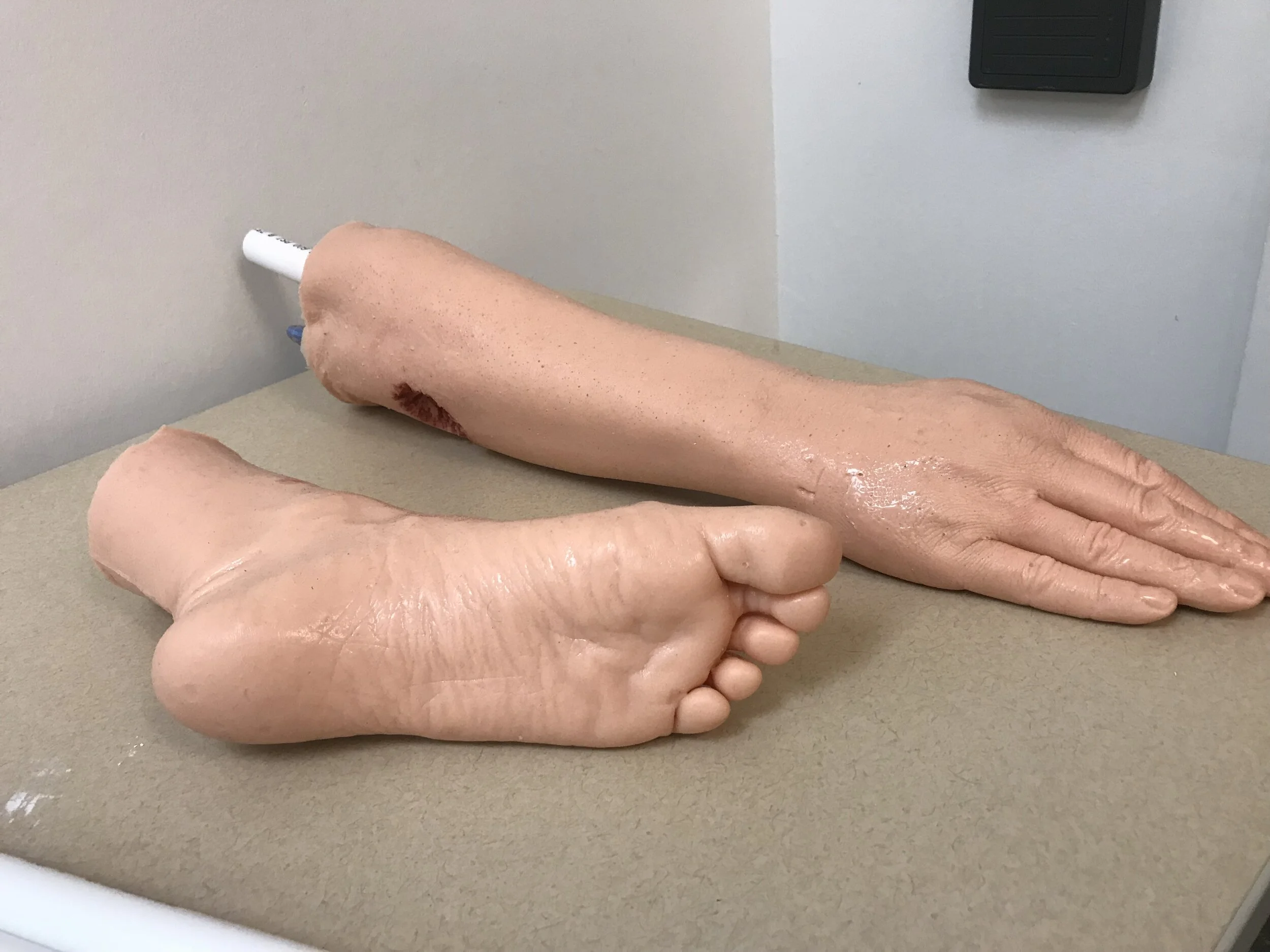Resident Adds Rorschach Reads to Radiology Reports
Your daily dose of snark.
Resident Adds Rorschach Reads to Radiology Reports
Image from Radiopaedia
In the dark radiology reading rooms, only the gentle hum of the computers and the quiet chatter of residents dictating reads break the silence. Among the computers sits Dr. Exner, a senior radiology resident at Hospital Woeisme. He has recently become known for a peculiar habit – he has begun adding Rorschach interpretations into every radiology report he completes.
The Rorschach test, created in the 1920s and sometimes referred to as the ‘Inkblot test,’ is a type of psychological evaluation typically used to assess personality traits. The test has an individual describe what they see when looking at a series of symmetric, abstract images. The responses are graded and analyzed according to a defined scoring system.
According to Dr. Exner, there is a myriad of symmetric and nebulous images present when scrolling through a patient’s CT and MRI scans. This inspired him to apply the principle of The Rorschach test to his work. In an interview with Exner he explained, “There is so much more to radiology than just what the images show. I provide a holistic picture of the patient and their personality, helping to predict their future behavior and life events.”
Upon pointing out to Exner that he clearly doesn’t understand how the Rorschach test works, since by definition the images are supposed to be personal interpretations, he adamantly disagreed. Exner insists that his reads are relevant to the health and wellness of his patients. He then turned to his computer monitor to give a couple of examples.
Image from Radiopaedia
“So, here’s a head CT of Mrs. W showing a ruptured aneurysm. Any radiologist can see that subarachnoid.” He then scrolled to a particular slice and exclaimed, “But look here! There is clearly a dragon there, which reveals her independent and stubborn nature.” Exner transcribed these thoughts into his radiology report as: Dragon present, wings outstretched. Patient fiery and stubborn; high risk for medication noncompliance.
“And here’s another one. This guy, Mr. T, his CT chest shows that his CHF is acting up. And on this sagittal slice right here – I see two people facing each other and playing patty-cake.” He added onto his radiology report: Patient lonely and seeks a partner, at risk for depression.
And finally, while looking at Ms. F’s MRI he explained, “Well, it’s totally normal right now, at least from a medical standpoint. But look at this right here –I see a butterfly floating over a field of wildflowers.” For this image he typed: Patient free-spirited and seeks heights, should exercise caution with athletic pursuits.
Many have dismissed his musings as being similar to horoscopes, in that they are generic statements that can be loosely applied to almost any situation. However, some are not so quick to reject his interpretations. Emergency physician Dr. Benji admitted, “Well, he wasn’t wrong about Mrs. W, she did indeed return to the ED for a seizure due to not taking her meds. As for Mr. T, I heard from a frequent flyer that he joined a dating website and now has a girlfriend, and they play Bingo together on Wednesdays. And Ms. F? She also returned to the ED. She fell off her horse when it jumped and she broke her ankle.”
Image from Radiopaedia
As with all new medical techniques, other physicians are trying to replicate his results, though with mixed success. Dr. Conrad, a radiologist from the nearby competing trauma center, Our Lady of the Last Breath, spoke about his own attempts at Rorschach interpretations. He sheepishly admitted, “I thought I saw a wild fowl in one of my CT reads, and I interpreted it as: Patient wants to quit city life and move to a farm. I later found out it was a frequent flyer who regularly comes to the ED requesting turkey sandwiches.”
Will Dr. Exner’s practice of adding Rorschach interpretations to radiology reports catch on? More research is needed, but he is rapidly gaining followers and his future certainly looks promising. He recently published a series of case studies in a high impact journal and he will also present his findings at an upcoming national conference.
Dr. Exner is hopeful about the implications of his methods, “If we can use our imaging to determine what people are feeling and what their motivations are, we’ll be able to provide such better care! It’s like finding a crystal ball hidden in someone’s rectum – but not one that surgery has to remove.”
Want more tales from Hospital Woeisme? Check out these articles!












